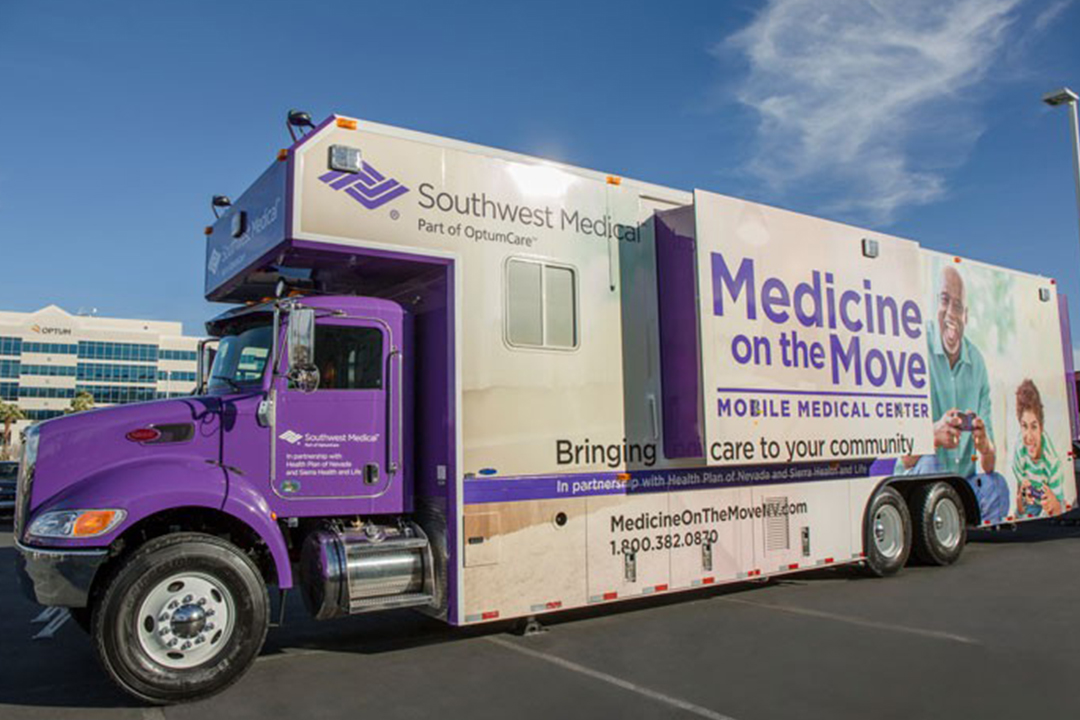Southwest Medical, part of Optum, is one of Nevada’s largest multispecialty medical groups. We’ve been caring for southern Nevadans since 1972. We have decades of experience and a drive to better our patients' lives.
By combining technology and information, we give our patients the right care in the right setting. We provide primary, specialty, urgent, senior, ob/gyn, pediatric and convenient care.
To stay healthy, patients must be able to reach their clinicians. The team at Southwest Medical was concerned about access for their patients who faced transportation barriers to regular visits with their primary care physicians.
Without means, those patients couldn’t get to an in-person appointment. If they were stuck in a rural area without a car or living in the city without an income to afford bus fare, the inability to get to the clinic for preventive and primary health services became a health service gap.
The Southwest Medical clinic solution was to meet patients in their communities with a clinic on wheels.

